The Alsace vineyard extends across the hills of the Vosges at between 200 and 400 metres high, over some 14,000 hectares of grapevines which produce an average of 150 million bottles of wine each year. Benefiting from local microclimates, the Alsatian vineyards are bordered to the West by the natural barrier of the Vosges, and to the East by the Rhine Plain which has its own large natural border: the Black Forest in Germany. Let’s find out about the famous Alsace Wines, some of the finest in France!
The Alsatian Vineyards
The Alsatian vineyard is sheltered from oceanic influences by the Vosges Mountains and benefits from a semi-continental climate with particularly sunny, hot and dry summers. The region has one of the lowest rainfall levels in France (500mm per year), and this climate is favourable for the slow and prolonged ripening of grapes, and the formation of grapes of great finesse.
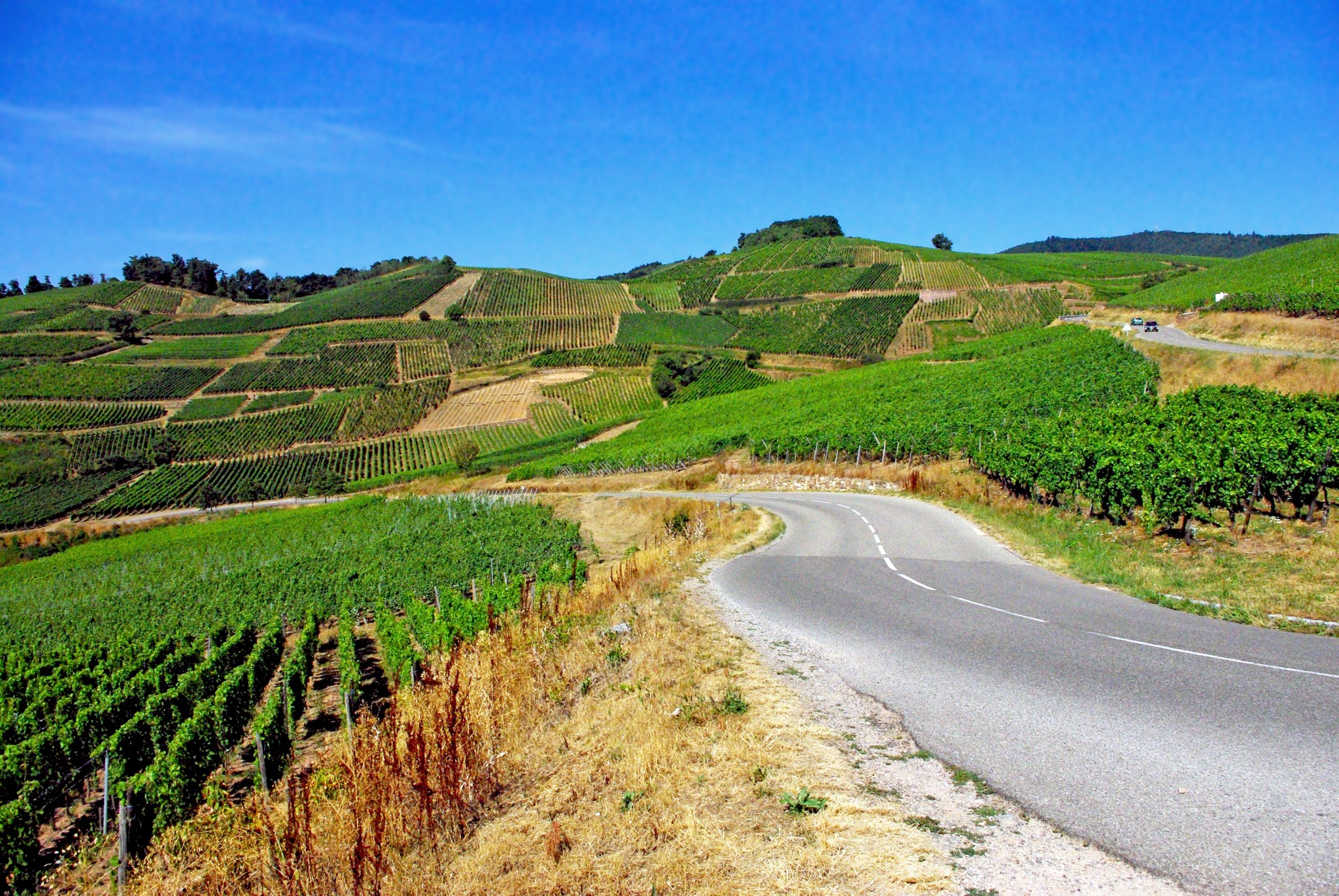
In Alsace, the wines are mostly named after the variety of the grapes, and not by the land on which they are produced. This originality, unique in France, undoubtedly contributes to their great notoriety.
The wines of Alsace (except for sparkling wine) are still sold in gracefully-shaped bottles, which are named “Alsace flûtes”. Since 1972, it is compulsory for them to be bottled in the region where they were produced.
The Appellations d’Origine Contrôlées
(Protected Designation of Origin)
The wines of Alsace are divided into three Appellations d’Origine Contrôlées (AOC):
The AOC Alsace
The wines of the AOC Alsace are subjected to a preliminary taste test by the Institut National des Appellations d’Origines. The label mentions the grape variety concerned and can also feature a brand or the words “Edelzwicker” or “Gentil” for a collection of white grape varieties. Additional information may also be present (localities, villages…).
The AOC Alsace currently represents 74% of total wine production, 92% of which are white wines.
The AOC Alsace Grand Cru

This pertains to the wines meeting the quality constraints and performance standards stricter than those of the AOC Alsace and coming from the Riesling, Muscat, Pinot Gris and Gewurztraminer varieties. The label shows the grape variety, vintage and one of the fifty localities eligible to take this name.
The AOC Crémant d’Alsace
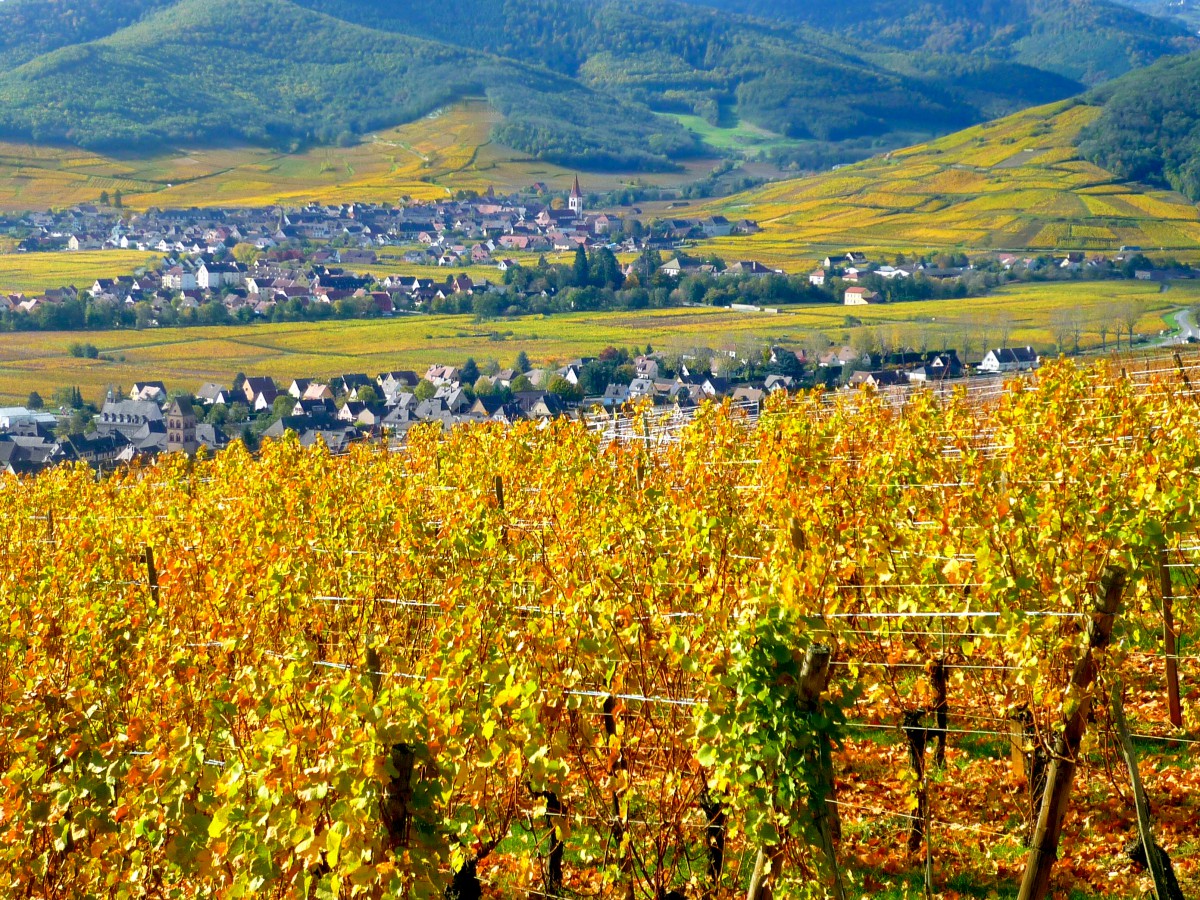
These are wines developed in the traditional method in Champagne, mainly Pinot Blanc, but also Pinot Noir, Riesling or Chardonnay. This quality sparkling wine, crisp and delicate, has become very popular in France where it is the leader of Crémants in France, and a third of its production is exported, notably to Australia.
In addition to the AOC, the notes “Late Harvest” (Récoltes Tardives) and “Selection of Noble Grains” (Sélection des Grains Nobles) designate rare wines, which are most often the most mellow or syrupy.
These wines are produced in a second harvest very late in autumn, especially if it has been a very sunny season. The concentration and development are affected by noble rot.
The 7 Grape Varieties of Alsace
Sylvaner
Originally from Austria, this variety produces a remarkably fresh and light white wine, presenting a subtle fruity flavour. Pleasant and thirst-quenching, it also exhibits a lovely vivacity. It is recommended with seafood, cooked meats, quiches and salads.

Pinot Blanc
This grape is the white variety of the Pinot Noir. Tender and delicate, it combines freshness and suppleness to represent a happy medium in the range of Alsatian wines. It goes beautifully with many dishes, in particular seafood, poultry and soft cheeses.
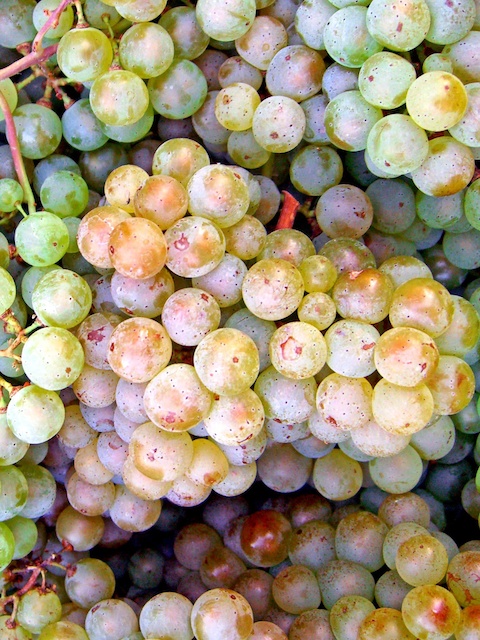
Pinot Noir
Very common in Burgundy, it is the only grape variety in Alsace to produce red or pink wine, typically with a cherry flavour. It is recommended with red meats, cooked meats and rind cheeses (camembert, brie …).

Riesling
This white grape variety, a native of the Valley of the Rhine and of Moselle, produces dry, elegant and delicately fruity wines. It offers a bouquet of great finesse, sometimes with mineral or floral nuances. Recognised as one of the best white grape varieties in the world, it is a gastronomic wine par excellence and a true wine to keep. It goes perfectly with fish, shellfish, and also white meats and sauerkraut.

Muscat
The Muscat grape varieties are part of Alsace’s great varieties of grape, even though they only make up 3% of the plantings. It distinguishes itself from Southern France’s Muscat with its dry character. It is a wine of very aromatic inimitable fruity flavour, which expresses wonder with the flavour of fresh grapes. It offers a superb palate as an aperitif and delicately accompanies asparagus.

Pinot Gris
It develops a rich and characteristic flavour. Full-bodied, round and with a long neck, it presents complex aromas of underbrush, at times lightly smoked. It goes marvellously with white meats and game, and also with foie gras.
Until 1st April 2007, it was known in Alsace by the name “Tokay”. A change of name followed a complaint by the Hungarians in 1984 who claimed the name was their own.

Gewurztraminer
This variety of pink cluster grape is renowned for its exceptional aromatic characteristics with fruity, floral and spicy notes, and its powerful and round structure. It is perfect as an aperitif and goes exceptionally well with exotic cuisines (Asian, Mexican, Indian, Moroccan…), strong cheeses (like Munster), and desserts. Gewurztraminer represents approximately 18% of the Alsatian viticulture.
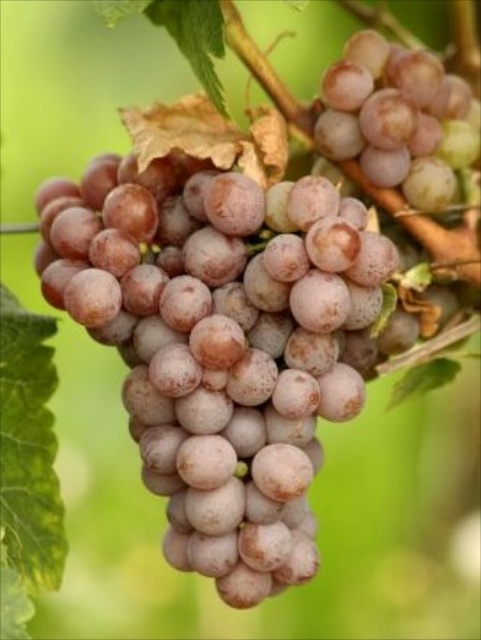
Consumption Advice for the Wines of Alsace
The wines of Alsace beautifully accompany many dishes, according to the different grape varieties:
✓ Alsace wines should be consumed rather young, from 6 months to 5 years after harvesting. As for the great vintages, fine wines, Late Harvests and Selection of Noble Grains, it is recommended to let them age much longer.
✓ The wines of the AOC Alsace and Alsace Grands Crus should be served cool (but not icy) at an ideal temperature of 8 to 10 degrees, in tulip glasses or fine long-stemmed glasses. The Alsace sparkling wine should be served iced, between 5 and 7 degrees, in flutes.
✓ The wines of Alsace should preferably be stored horizontally at a temperature of between 10 and 15 degrees, in a cellar that is neither too dry nor too humid.

Grape Harvest and Wine Tasting
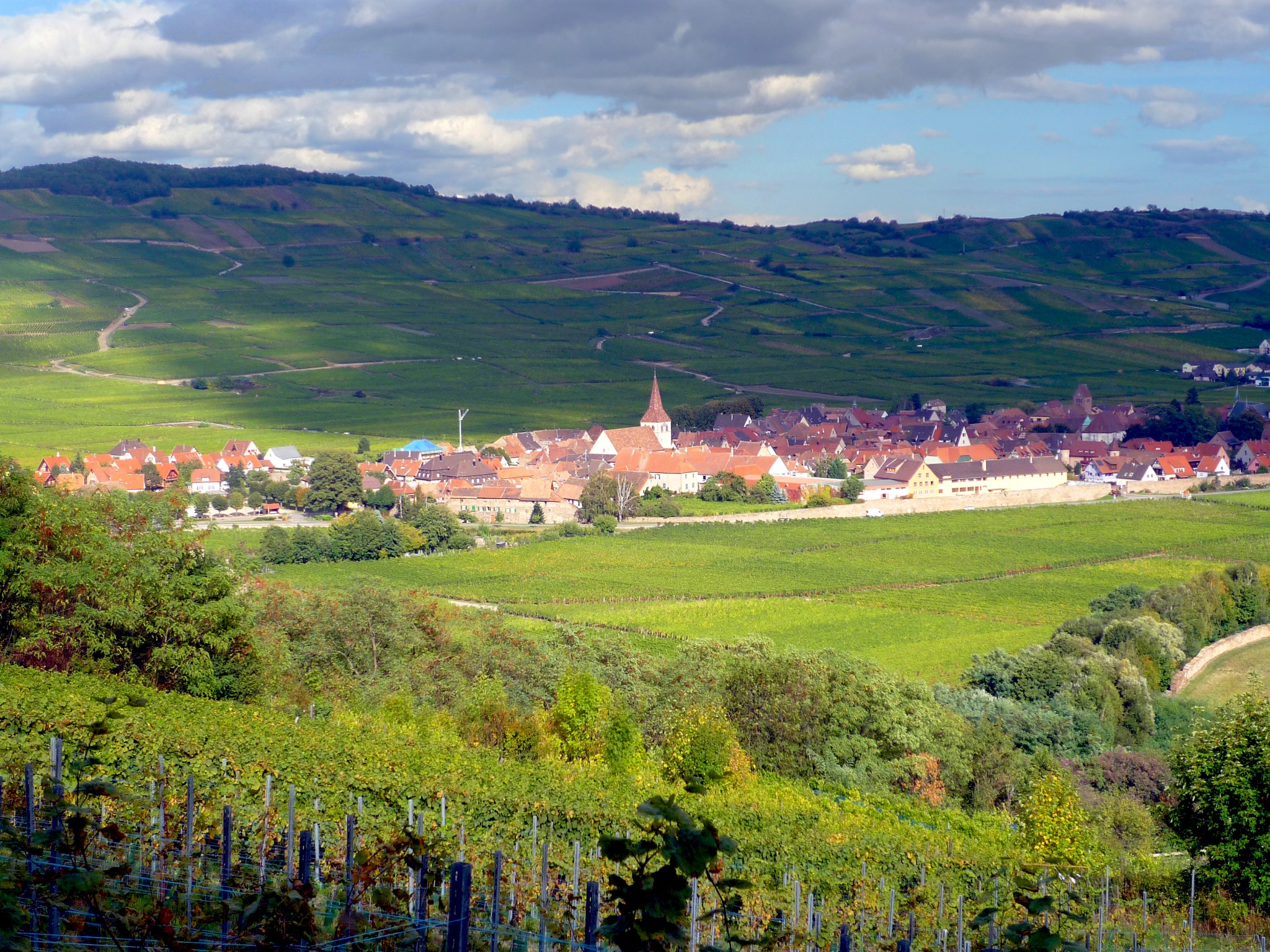
The harvests take place in autumn, generally from mid-September to the end of October. The exact date depends on the progress of the maturity of the grapes.
The opening of the cellars for wine tasting along the Alsace Wine Route can be subject to interruptions during the harvests.
All throughout the year, the cellars open their doors to the great joy of tourists who can taste local wines served from barrels, from an old screw wine-press or the old harvest cart.
Taste the Alsace local wine in the hundreds of villages along the Alsace Wine Route.
Enjoy wine with moderation! – L’abus d’alcool est dangereux pour la santé : à consommer avec modération.




